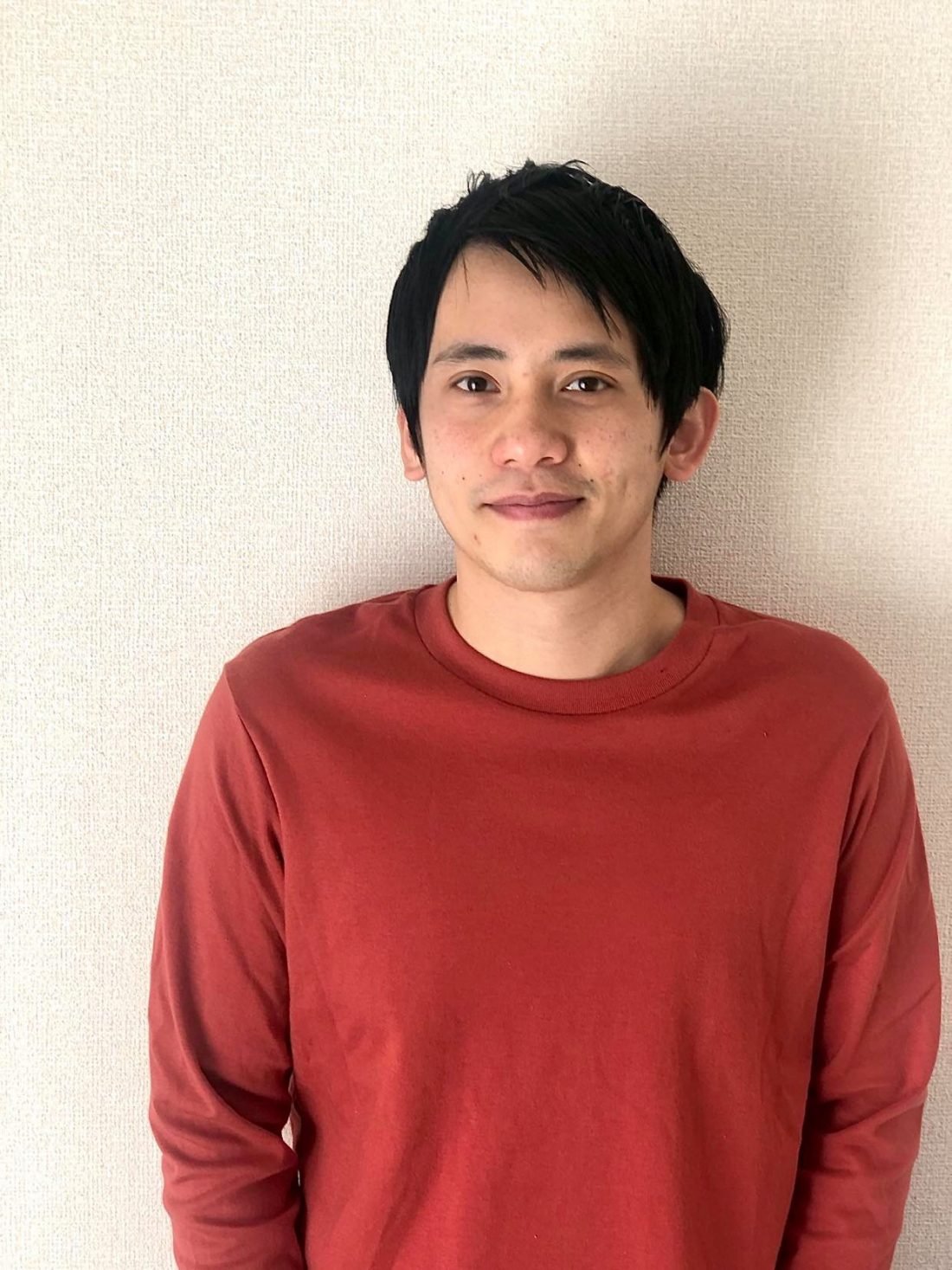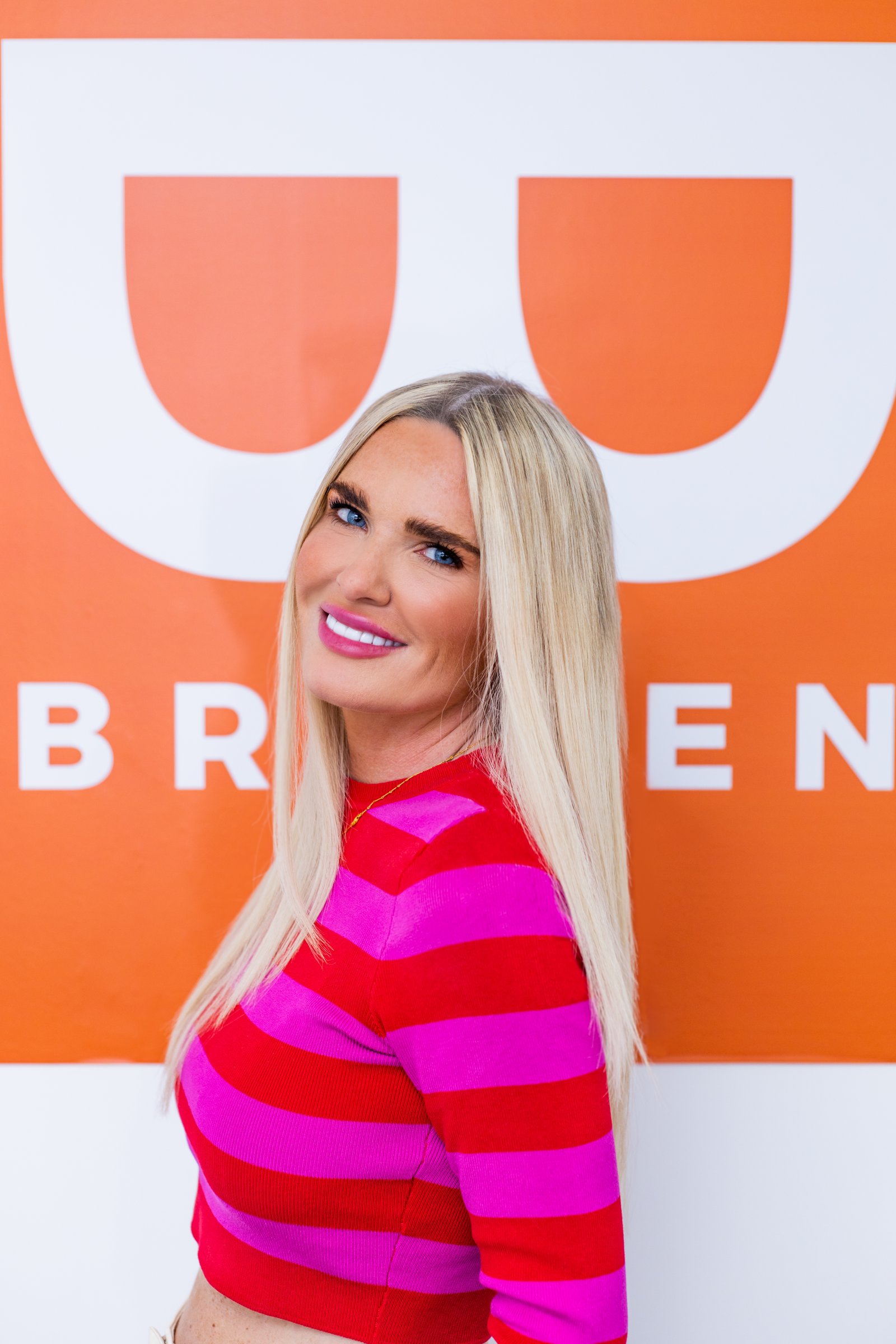Uniqlo – A Unique Brand Of Mystery
By: John Corleto, Brand & Design Strategist

Uniqlo continues to be a mystery to me.
As of 2020, Fast Retailing, Uniqlo’s holding company was the 3rd largest global clothing retailer in sales, behind Inditex and H&M. It was also 2nd largest in market capitalisation, bigger than both H&M and Gap combined, the latter being a source of inspiration for an emerging Uniqlo in the late 80s.
From jeans in all manner of rises and fits, sweaters and cardigans, T-shirts and underpants in different colours, people often group Uniqlo with the fast fashion giants and attribute its growth to the accessibility and quality of its basics.
So what’s not to get?
Well, quite a lot – because there’s not much that’s basic about Uniqlo, and precisely how it’s positioned as a brand is quite tricky to pin down. And when you try, you see boundless contradictions that aren’t supposed to work, but somehow do – like a jazz piano player deliberately playing wrong notes that make a tune sound strangely better.
The company is steeped in almost 70 years of history, with a recently graduated Tadashi Yanai taking over his father’s 20 year old clothing store at a time when Japan was undergoing a boom in the adoption of American youth fashion and developing a fashion industry at large. This lead to Uniqlo – shortened from Unique Clothing – opening multiple stores in Japan by the early 90s. However, although Uniqlo was able to take advantage of cost efficiencies in the early 90s due to production in China, today’s Uniqlo is not just an infinite source of cheap basics.
Instead, it’s a strong brand of countless contradictions.
Despite often being seen as a fast-fashion brand, Uniqlo has staples in its product line traceable in both cut and material back to when they were first designed in the 90s. In Japan, their fleece jackets continue to be trustedly worn by grandparents who bought them decades ago and high schoolers with this spring’s trending colour. Much of their clothing is also designed meticulously to last – it now has an Extra Fine Merino Wool jumper that can be machine washed.
The brand collaborates on an ongoing basis with high-profile designers like Christophe Lemaire and Ines de la Fressange, but at the same time, licences characters and pop-culture elements from the X-Men all the way to Fiat cars, Bic Pens and Billie Eilish.
Uniqlo also sells a wide range of T-shirts ranging from a soft Supima Cotton to a cheaper blend of natural and synthetic fibres in vacuum packed plastic. The same thing goes for Merino wool and Cashmere sweaters, stacked aside their cotton and polyester blend cousins and lastly, cheap chinos, sitting alongside jeans made from real selvedge denim. UT, its T-shirt brand, is worn by kids with an eternal love for Snoopy and Mickey Mouse, but also streetheads that want to show their adoration for Basquiat, Keith Haring and Warhol, UT itself directed by NIGO.
It communicates like a lifestyle brand but innovates like a technology brand – partnering with fabric manufacturers like Toray to produce an ever-increasing line of technologies like Airism and Heattech and uses these to create Uniqlo signatures like Ultra light down and ultra comfortable Bra tops.
Uniqlo might seem like an anti-brand, with minimal visible brandmarks or logos, but it adds to its athlete roster after being able to lure Roger Federer and has a strong stream of branded content including a full-fledged magazine with quality interviews with individuals like renowned architect Tadao Ando and author Haruki Murakami.
Marketing has a longstanding adage, ‘You can’t be everything to everyone.’
But Uniqlo seems to pull people of all genders, ethnicities, occupations and ages through its doors, again and again. It does it while being high-fashion, street culture, high tech, premium and accessible all at the same time. And somehow, all of it still comes together as a recognisable and harmonious Uniqlo experience.
It’s not supposed to work. But it does.
It’s a mystery, but the reason for its magic may be that despite all the rules the brand seems to break, it doubles down on the essentials.
At its heart, Uniqlo is a brand that has a clear understanding of what it stands for. ‘Lifewear’ channels itself as a recognition of the diversity of the way people live – all over the world. In Uniqlo’s products it is a promise of support – to make whatever that life is easier, more comfortable and fun. And in its communications as with the Lifewear print magazine, it’s a celebration of the things that give everyday life its glimmer – culture, creativity and craft – regardless of whether you bought the Merino sweater or the Cotton one.
In translating this idea into something that people experience, there is a strong and unwavering sense of consistency – the light wood panelled floors, the texture of the paper the magazine is printed on, the way clothes are meticulously folded and stacked high, regardless of their price. The way distractions are minimised from the shopping experience such that when you step in, it almost feels like a blank canvas – yet a finished painting at the same time. There is no compromise in design integrity and the quality of the brand experience, because when you’re for everyone, you need to be that much clearer about how you express yourself.
But tomorrow, they may do something completely out of the ordinary – and it still might feel like them. I guess unpredictability is part of Life too. How convenient!





